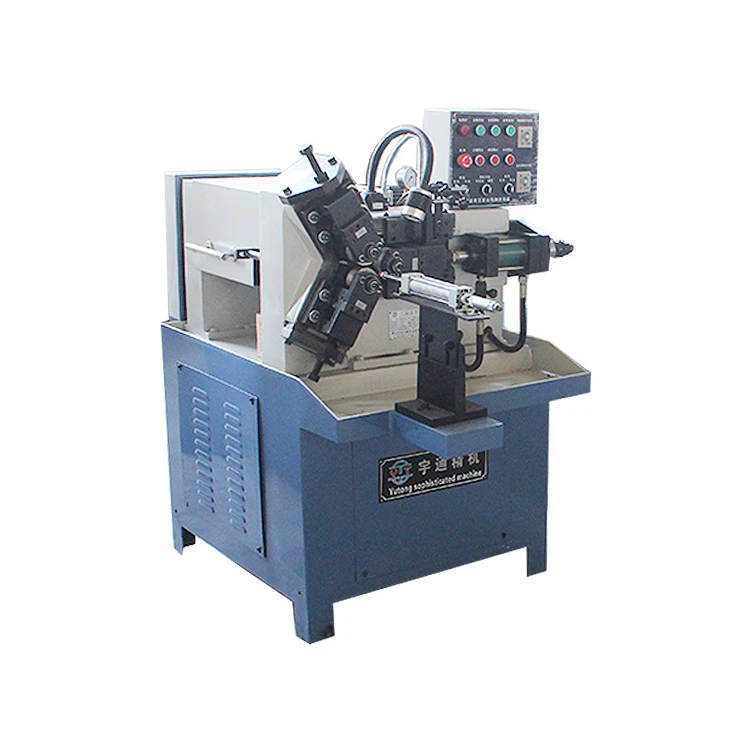
-
 Afrikaans
Afrikaans -
 Albanian
Albanian -
 Amharic
Amharic -
 Arabic
Arabic -
 Armenian
Armenian -
 Azerbaijani
Azerbaijani -
 Basque
Basque -
 Belarusian
Belarusian -
 Bengali
Bengali -
 Bosnian
Bosnian -
 Bulgarian
Bulgarian -
 Catalan
Catalan -
 Cebuano
Cebuano -
 Corsican
Corsican -
 Croatian
Croatian -
 Czech
Czech -
 Danish
Danish -
 Dutch
Dutch -
 English
English -
 Esperanto
Esperanto -
 Estonian
Estonian -
 Finnish
Finnish -
 French
French -
 Frisian
Frisian -
 Galician
Galician -
 Georgian
Georgian -
 German
German -
 Greek
Greek -
 Gujarati
Gujarati -
 Haitian Creole
Haitian Creole -
 hausa
hausa -
 hawaiian
hawaiian -
 Hebrew
Hebrew -
 Hindi
Hindi -
 Miao
Miao -
 Hungarian
Hungarian -
 Icelandic
Icelandic -
 igbo
igbo -
 Indonesian
Indonesian -
 irish
irish -
 Italian
Italian -
 Japanese
Japanese -
 Javanese
Javanese -
 Kannada
Kannada -
 kazakh
kazakh -
 Khmer
Khmer -
 Rwandese
Rwandese -
 Korean
Korean -
 Kurdish
Kurdish -
 Kyrgyz
Kyrgyz -
 Lao
Lao -
 Latin
Latin -
 Latvian
Latvian -
 Lithuanian
Lithuanian -
 Luxembourgish
Luxembourgish -
 Macedonian
Macedonian -
 Malgashi
Malgashi -
 Malay
Malay -
 Malayalam
Malayalam -
 Maltese
Maltese -
 Maori
Maori -
 Marathi
Marathi -
 Mongolian
Mongolian -
 Myanmar
Myanmar -
 Nepali
Nepali -
 Norwegian
Norwegian -
 Norwegian
Norwegian -
 Occitan
Occitan -
 Pashto
Pashto -
 Persian
Persian -
 Polish
Polish -
 Portuguese
Portuguese -
 Punjabi
Punjabi -
 Romanian
Romanian -
 Russian
Russian -
 Samoan
Samoan -
 Scottish Gaelic
Scottish Gaelic -
 Serbian
Serbian -
 Sesotho
Sesotho -
 Shona
Shona -
 Sindhi
Sindhi -
 Sinhala
Sinhala -
 Slovak
Slovak -
 Slovenian
Slovenian -
 Somali
Somali -
 Spanish
Spanish -
 Sundanese
Sundanese -
 Swahili
Swahili -
 Swedish
Swedish -
 Tagalog
Tagalog -
 Tajik
Tajik -
 Tamil
Tamil -
 Tatar
Tatar -
 Telugu
Telugu -
 Thai
Thai -
 Turkish
Turkish -
 Turkmen
Turkmen -
 Ukrainian
Ukrainian -
 Urdu
Urdu -
 Uighur
Uighur -
 Uzbek
Uzbek -
 Vietnamese
Vietnamese -
 Welsh
Welsh -
 Bantu
Bantu -
 Yiddish
Yiddish -
 Yoruba
Yoruba -
 Zulu
Zulu
Thread Rolling Machine Production Process in Factories - A Comprehensive Overview Video
The Role of Thread Rolling Machine in Manufacturing A Peek into the Factories
In the modern manufacturing landscape, efficiency and precision are paramount. Among the various machines that enhance productivity, thread rolling machines stand out due to their ability to create high-quality threaded components with superior strength and reliability. This article explores the intricacies of thread rolling machines, their operational processes, and their significance within factories.
Thread rolling machines are specialized devices used to produce threads on various materials, predominantly metal. Unlike traditional cutting methods that chip away material to create threads, thread rolling employs a cold forming technique. This process involves pressing a cylindrical workpiece between two dies, which gradually shape it into a threaded form. The cold working not only preserves the original material but also enhances mechanical properties, resulting in stronger threads that are less vulnerable to wear and tear.
One of the most notable advantages of thread rolling machines is their efficiency. These machines can produce a large volume of threaded components in a fraction of the time it would take using traditional cutting methods. In an era where time is money, factories equipped with advanced thread rolling technology can significantly boost their production rates while reducing waste and operational costs.
The operational process in a factory utilizing a thread rolling machine is fascinating. Initially, the raw material, typically in the form of rods or bars, undergoes inspection to ensure it meets quality standards. Once verified, the material is fed into the thread rolling machine. As the machine operates, it applies immense pressure on the workpiece through the rotating dies. This method allows for the seamless creation of threads that maintain precise dimensions and tolerances, crucial for applications in automotive, aerospace, and construction industries.
thread rolling machine video factories

Visual representations, such as videos showcasing thread rolling machines in action, reveal the complexity and artistry involved in this manufacturing process. The rhythmic movement of the machine, coupled with the transformation of raw material into intricately threaded components, is a testament to modern engineering and technology. Observing these machines operate can also highlight the crucial safety protocols and maintenance practices factories employ to ensure optimal performance and worker safety.
Moreover, the environmental impact of thread rolling is favorable when compared to other manufacturing techniques. Since it is a cold forming process, energy consumption is significantly lower, and the waste produced is minimal. This sustainable approach aligns with the growing emphasis on eco-friendly manufacturing practices. Factories are increasingly seeking methods that not only enhance output but also contribute positively to the environment.
Another essential factor is the versatility of thread rolling machines. They can produce a wide range of thread sizes and types, making them indispensable in a variety of industries. Whether it's fine-threaded bolts for machinery or coarse threads for construction applications, these machines can adapt to meet specific production needs. This flexibility allows manufacturers to respond swiftly to market demands, making them more competitive in a fast-paced economy.
In conclusion, thread rolling machines represent a significant innovation in the manufacturing sector. Their ability to produce high-strength, precise threaded components efficiently reinforces the importance of advanced machinery in today's factories. As the industry continues to evolve, the role of thread rolling machines will undoubtedly expand, paving the way for even greater advancements in manufacturing technology. Embracing these innovations will help factories not only thrive but also lead in the quest for sustainability and efficiency in production.
